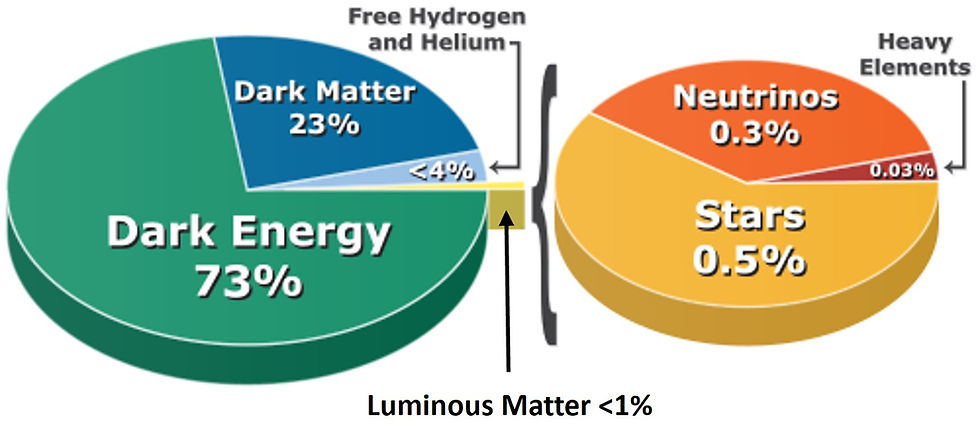Earthquakes in Diverse Places
- stephenstrent7

- May 3
- 3 min read

Earthquakes (M6.0+) since 1900 through 2017, Wikipedia
Where Science Meets the Doctrine and Covenants, for the Come Follow Me lesson May 5-11; Doctrine and Covenants 45
In Doctrine and Covenants 45:33 we are told that Jesus taught His original disciples, “And there shall be earthquakes also in divers places, and many desolations; yet men will harden their hearts against me, and they will take up the sword, one against another, and they will kill one another.”
For example, we read in Matthew 24:7, after Christ prophesied of the destruction of the temple and Jerusalem, “For nation shall rise against nation, and kingdom against kingdom: and there shall be famines, and pestilences, and earthquakes, in divers places.”
Luke also recorded that prophecy, associated with the destruction of the temple. We read in Luke 21:11, “And great earthquakes shall be in divers places, and famines, and pestilences; and fearful sights and great signs shall there be from heaven.”
“Diverse places”, as used in the King James Version of the Bible, means “various” or “different” places. In connection with the prophecy of earthquakes, I’ve always thought of the term as meaning “exotic” or “previously unknown” or “unheard-of” places. I have also believed that the reason a multitude of earthquakes will be a sign of the last days before Christ’s second coming is that we are far more aware of earthquakes today because of the vast amount of recording and reporting all over the world—such as wasn’t even dreamed of in 33 AD or 1831 AD.
For example, Wikipedia counts 14,175 earthquakes in 2024, ten of which, in eight countries, were 7.0-7.5. The strongest was a 7.5 magnitude earthquake that struck the west coast of Ishikawa, Japan. The ten, by order of magnitude, were: Ishikawa, Japan (7.5); Hualien, Taiwan (two: both 7.4, one in April and one in July); Shefa, Vanuatu (7.3); Arequipa, Peru (7.2); Miyazaki, Japan (7.1); Soccsksargen, Philippines (7.1); Xinjiang, China (7.0); California, United States (7.0); and Kamchatka Krai, Russia (7.0).
Those nine places were either completely unknown, or part of the exotic east, to Europeans and people of the Middle East in 30-33 AD. Japan, China, and Russia were all part of the Far East during Christ’s time. The Silk Road, or more accurately, Silk Routes, began around 130 BC when the Han dynasty of China made trade connections with places in central Asia, such as Persia. Sometime around the 1st century BC, silk was introduced to the Roman Empire, but Jerusalem was not part of the primary routs. Because of the leap-frog nature of the Silk Road, not even the upper-class Romans who could afford silk were likely aware of its actual origin.1
Bede’s 731 AD accounts of the Far East are only third hand from someone who knew someone who supposedly went there.2 Marco Polo traveled to China beginning in 1271 AD, and brought to Europe the first “real” accounts of the Far East.3
Taiwan was first “identified” by Portuguese sailors in 1544, who named it “Ilha Formosa” (“beautiful island”). The Philippines were “discovered” by Ferdinand Magellan in 1521. Vanuatu was “discovered” in 1606 by the Portuguese explorer Pedro Fernandez de Quiros. Europeans didn't return to the islands until 1768, when Louis Antoine de Bougainville “rediscovered” them. Captain James Cook charted the archipelago in 1774 and named the islands the New Hebrides.4 Peru and the United States were “discovered” by Columbus in 1492—or mostly by follow-up explorers. Even in Joseph Smith’s time, Missouri was “the west” and California was hardly ever mentioned—even then, only as a vast, “unknown land”.
The information to which Christ was alluding when he prophesied about earthquakes in diverse places could have gone something like this: “Good evening. I'm Amna Nawaz…And I'm Geoff Bennett…And that is the PBS News Hour for January 1st 2024. A 7.5 magnitude earthquake has been reported today in Ishikawa, Japan. At least 583 people were killed in the quake, and thousands more were injured.”
Trent Dee Stephens, PhD
References
1. education.nationalgeographic.org/resource/silk-road, December 5, 2024; en.unesco.org/silkroad/about-silk-roads
2. Bede, Ecclesiastical History of the English People, written in AD 731, Penguin Classics, 1991
3. The Travels of Marco Polo, gutenberg.org/files/10636/10636-h/10636-h.htm
4. Wikipedia



Comments